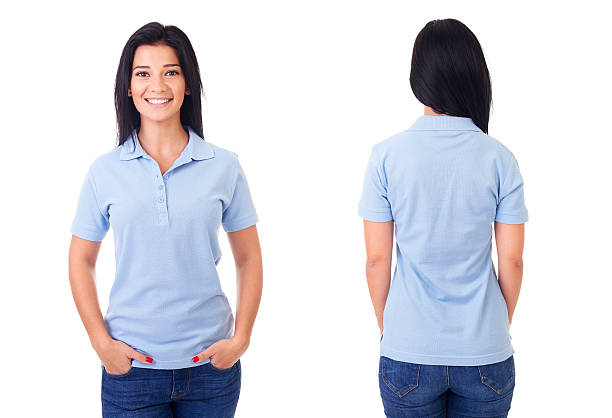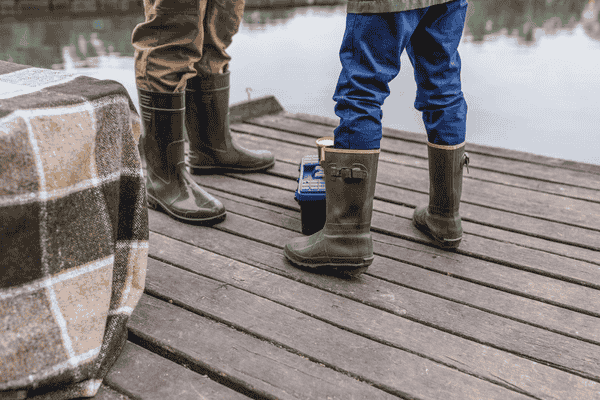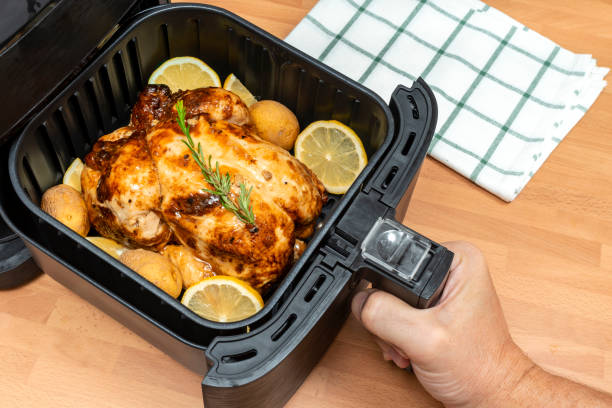5 Best Underwater Cameras for Every Budget
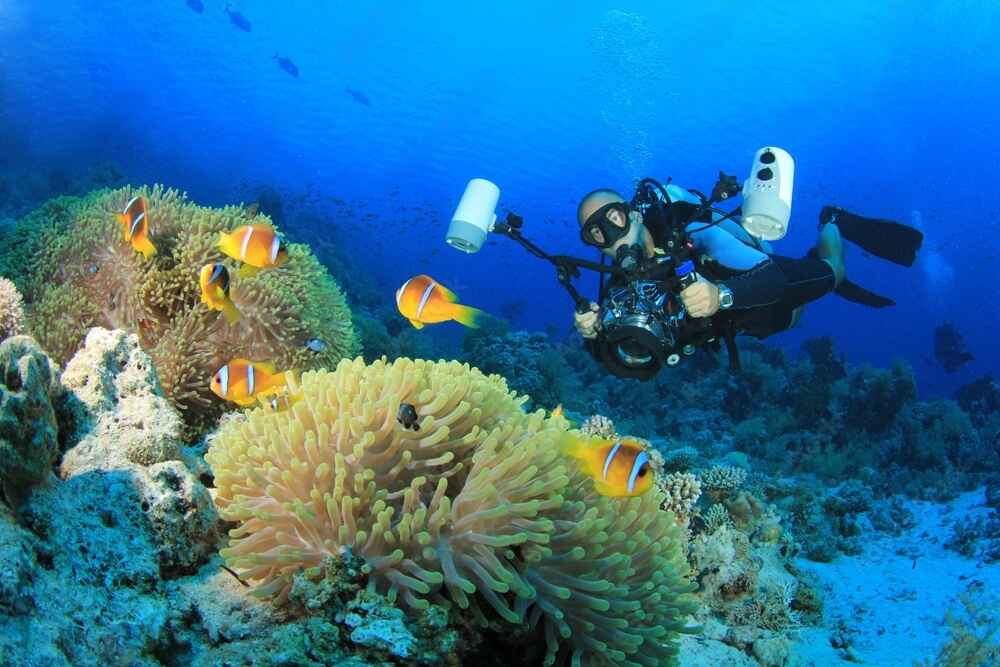
As an underwater enthusiast, having the right camera to capture your aquatic adventures is essential. Whether you’re a seasoned diver or just starting to explore beneath the waves, having the best gear can make all the difference in preserving those unforgettable moments.
In this article, we’ll dive into the world of underwater cameras and explore the top 5 options for every budget. From budget-friendly models perfect for beginners to high-end professional cameras for serious underwater photographers, we’ve got you covered.
Key Highlights
- Capture stunning underwater photos and videos with our top camera picks.
- Find the perfect camera for your budget, from affordable compacts to high-end DSLRs.
- Learn about key features like image quality, depth rating, and ease of use.
- Discover essential accessories like underwater housings and lighting.
What to Look for in the Best Underwater Camera
Choosing the right underwater camera can feel like a bit of a dive into the unknown (pun intended!), but don’t worry, we’ve got you covered. There are a few key features you should consider to make sure you’re getting the best gear for your underwater adventures.
Waterproof Rating
First things first: how deep do you plan to go? Not all underwater cameras are built the same, and some are better suited for snorkeling in shallow waters, while others can handle deeper dives. Cameras typically come with an IP rating (Ingress Protection) that tells you how waterproof they are. For example, a camera rated for 33 feet (10 meters) might be perfect for snorkeling, but if you’re a serious diver, you’ll want something rated for at least 100 feet or more. Just make sure the camera you choose can handle the depths you’ll be exploring.
If you’re looking for a camera that’s built for deep dives, check out the GoPro HERO11 Black, which is waterproof up to 33 feet without needing an extra case, or the Olympus Tough TG-6, which is rated for 50 feet and perfect for both beginners and seasoned divers.
Image and Video Quality
When you’re underwater, the light isn’t exactly on your side, so getting a camera that performs well in low-light conditions is crucial. If you’re looking for crystal-clear shots or stunning 4K videos, make sure the camera has high resolution and supports a good frame rate. Higher resolution (think 12MP and above) ensures that your photos look sharp and vibrant, while a high frame rate (like 60fps) helps capture smooth, motion-free video, especially if you’re filming fast-moving marine life.
For great image quality, the GoPro HERO11 Black offers a 23MP camera and stunning 5.3K video, making it a solid choice for both photos and videos. If you’re looking for something compact and easy to use with great low-light performance, the Olympus Tough TG-6 also shines in this department.
Durability and Build Quality
Water and rough conditions can be tough on gear, so durability is key. You want a camera that’s built to withstand both the elements and the occasional bump or drop. Many underwater cameras are shockproof and freezeproof—ideal if you’re taking them into extreme environments like icy waters or rugged terrains. You’ll also want something that can handle saltwater exposure without getting corroded after a few trips.
Cameras like the DJI Osmo Action 3 are great for those who need a durable, waterproof option that’s built for tough conditions.
Ease of Use and Controls
Underwater photography can be tricky enough without having to wrestle with complicated camera controls. Look for a camera that’s user-friendly with easy-to-navigate buttons, especially if you’re new to underwater shooting. A good camera should let you adjust settings on the fly, even with gloves on or when it’s wet. Some cameras also offer touchscreen interfaces that are especially handy for framing your shots without fumbling around with dials or buttons.
If you want an easy-to-use camera with simple controls, the SeaLife DC2000 is a fantastic choice for divers who need quick adjustments, as it’s designed specifically for underwater photography.
Battery Life
When you’re out there underwater, the last thing you want is for your camera to run out of juice halfway through a dive. Battery life can vary greatly between models, so look for one that offers long-lasting power, especially if you’re planning on doing longer sessions. If you’re diving or snorkeling all day, consider packing spare batteries or choosing a camera that allows you to swap them easily.
The Canon PowerShot G7 X Mark III is a great option if you want longer battery life and the ability to switch out batteries easily for those extended underwater shoots.
Size and Portability
If you’re used to traveling light or you’re not keen on lugging around bulky gear, portability matters. Compact and lightweight cameras are easier to handle, especially when you’re in the water. But keep in mind, smaller cameras can sometimes compromise on features, so it’s all about finding the right balance.
Cameras like the DJI Osmo Action 3 and Olympus Tough TG-6 strike a great balance between portability and performance, making them easy to take along on any underwater adventure.
Additional Features
Depending on your needs, you might want to look for extra features like Wi-Fi connectivity for easy sharing or remote control, or perhaps a camera with special lenses, filters, or light attachments. Some underwater cameras even have built-in GPS for tracking your dives or specific geolocations, while others let you play around with creative settings like time-lapse or slow-motion to capture the magic of the underwater world.
For advanced features and excellent underwater photo quality, consider the SeaLife DC2000, which is specifically designed for divers who want more control over their underwater shots.
Types of Underwater Cameras
Now that you know what to look for, let’s talk about the different types of underwater cameras out there. Each one serves a unique purpose, so the best option for you really depends on how you plan to use it. Whether you’re into casual snorkeling or you’re diving into the deep blue for some serious underwater photography, there’s a camera that’s just right for your needs.
Action Cameras (e.g., GoPro, DJI Osmo Action)
If you’re all about capturing the action—whether that’s surfing, scuba diving, or even just swimming around in the pool—an action camera is a great choice. These little powerhouses are compact, easy to use, and built to withstand rough conditions. Models like the GoPro HERO series are perfect for high-energy activities because they shoot stunning 4K video and high-quality photos. Plus, they’re designed to be waterproof right out of the box (though you can always add extra protective housing if you want to go deeper).
Another great option is the DJI Osmo Action 3, which offers fantastic 4K video and is also waterproof up to 36 feet without extra housing. It’s a solid choice if you’re looking for something more affordable but still durable and reliable for action-packed underwater shots.
One thing to keep in mind is that action cameras are fantastic for wide-angle shots, but they typically don’t have the best zoom capabilities. So, if you’re looking to capture close-ups of small creatures or intricate underwater details, you might want to look at other options. But for most water sports and shallow dives, action cameras like the GoPro HERO11 Black and DJI Osmo Action 3 are hard to beat.
Compact Point-and-Shoot Cameras (e.g., Olympus Tough TG-6)
For those who want a simple, no-fuss camera that still delivers fantastic results, a compact point-and-shoot is an excellent option. Cameras like the Olympus Tough TG-6 are tough little guys that are waterproof, shockproof, and ready for whatever adventure you throw at them. They typically come with built-in waterproofing, so there’s no need for extra housing. These cameras are great if you’re just starting out or if you’re looking for something light and easy to carry around.
While they might not offer the same level of control as more advanced cameras, they strike a nice balance between convenience and quality. You can shoot great photos in both bright and low-light conditions, and the TG-6, in particular, has a killer macro mode that’s perfect for capturing small sea creatures like crabs or coral up close.
DSLR and Mirrorless Cameras (e.g., Canon EOS R5, Nikon Z7 with underwater housing)
If you’re a pro or you’re aiming to capture stunning underwater photography with the utmost detail, then a DSLR or mirrorless camera like the Canon EOS R5 or Nikon Z7 is what you’ll want. These cameras deliver top-notch image quality, offering larger sensors and more control over things like aperture, shutter speed, and ISO. When paired with an underwater housing, they’re capable of capturing everything from wide-angle ocean views to crystal-clear close-ups of marine life.
The downside? They’re bulky, expensive, and require a bit more experience to use effectively. You’ll also need to buy specialized underwater housing, which can add quite a bit to the cost. But if you’re serious about underwater photography or video, a DSLR or mirrorless setup is the way to go.
Top 5 Best Underwater Cameras
Alright, so now that you know what features to look for and what type of underwater camera might suit you best, let’s dive into the top picks. These are some of the most popular and highly recommended models that deliver great performance, durability, and awesome photo/video quality. Whether you’re a first-timer or a seasoned pro, there’s something here for everyone.
1. GoPro HERO11 Black
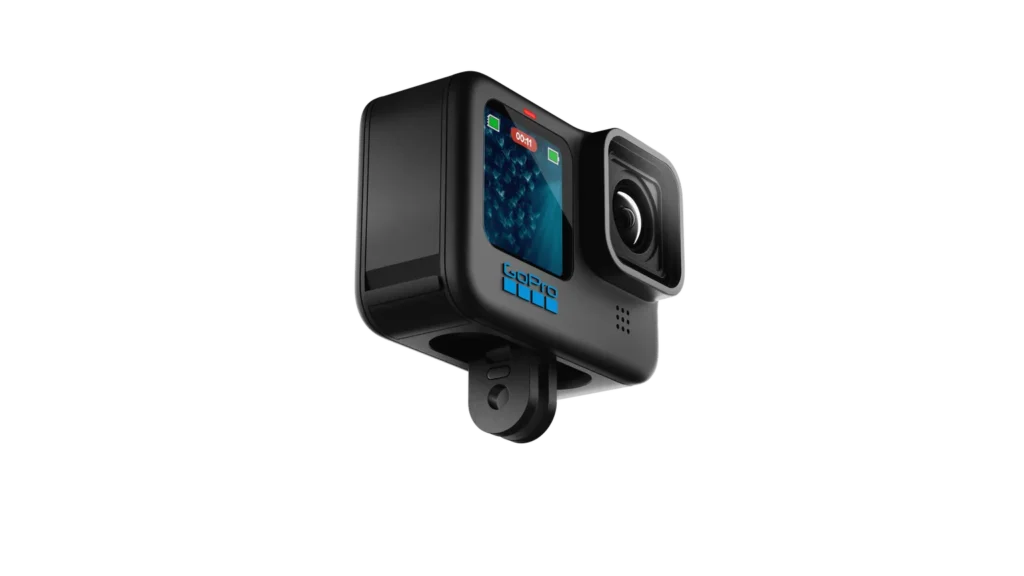
If you’re looking for a camera that does it all, the GoPro HERO11 Black is tough to beat. This action camera is a fan favorite for a reason—it’s small, incredibly durable, and shoots stunning 5.3K video at 60fps, making your underwater footage look super smooth and cinematic. It’s also got a 23MP camera, so you’re not sacrificing photo quality for video quality. Plus, it’s waterproof up to 33 feet without needing an extra case.
What makes the HERO11 really stand out is its HyperSmooth stabilization. Whether you’re swimming, surfing, or diving, your footage will stay steady even if you’re moving around a lot. It’s perfect for active adventures where you don’t want to worry about your camera bouncing around too much.
Why it’s great: Excellent video and photo quality, super stable, and easy to use—great for anyone from beginners to seasoned adventurers.
Ideal for: Snorkelers, divers, surfers, or anyone who loves capturing action-packed moments in the water.
2. Olympus Tough TG-6
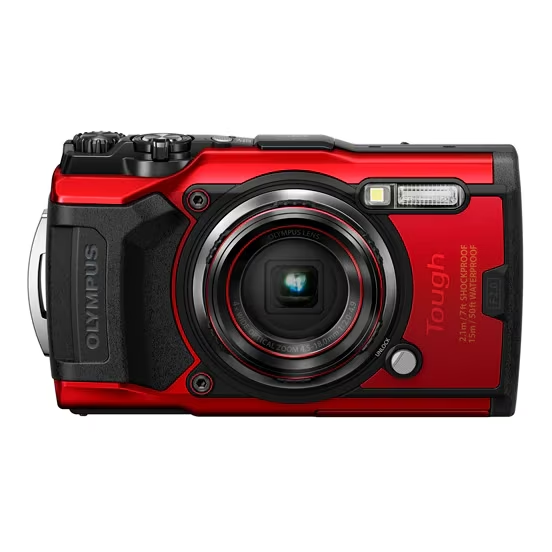
For those looking for a no-fuss, compact camera that’s built to last, the Olympus Tough TG-6 is a solid choice. This little guy is waterproof up to 50 feet, shockproof, and freezeproof—so it’s pretty much ready to take on anything. It packs a 12MP camera, 4K video recording, and has a fantastic macro mode that lets you get up close and personal with small underwater creatures.
The TG-6 is super easy to use, making it perfect for beginners or casual snorkelers. But don’t let its size fool you—this camera can still produce some seriously impressive shots, especially in low-light conditions. You won’t have to worry about fiddling with a bunch of settings either; it’s ready to go right out of the box.
Why it’s great: Durable, compact, and easy to use, with great quality photos and videos for its size.
Ideal for: Casual divers, snorkelers, and anyone who wants a reliable, no-hassle camera for underwater adventures.
3. DJI Osmo Action 3
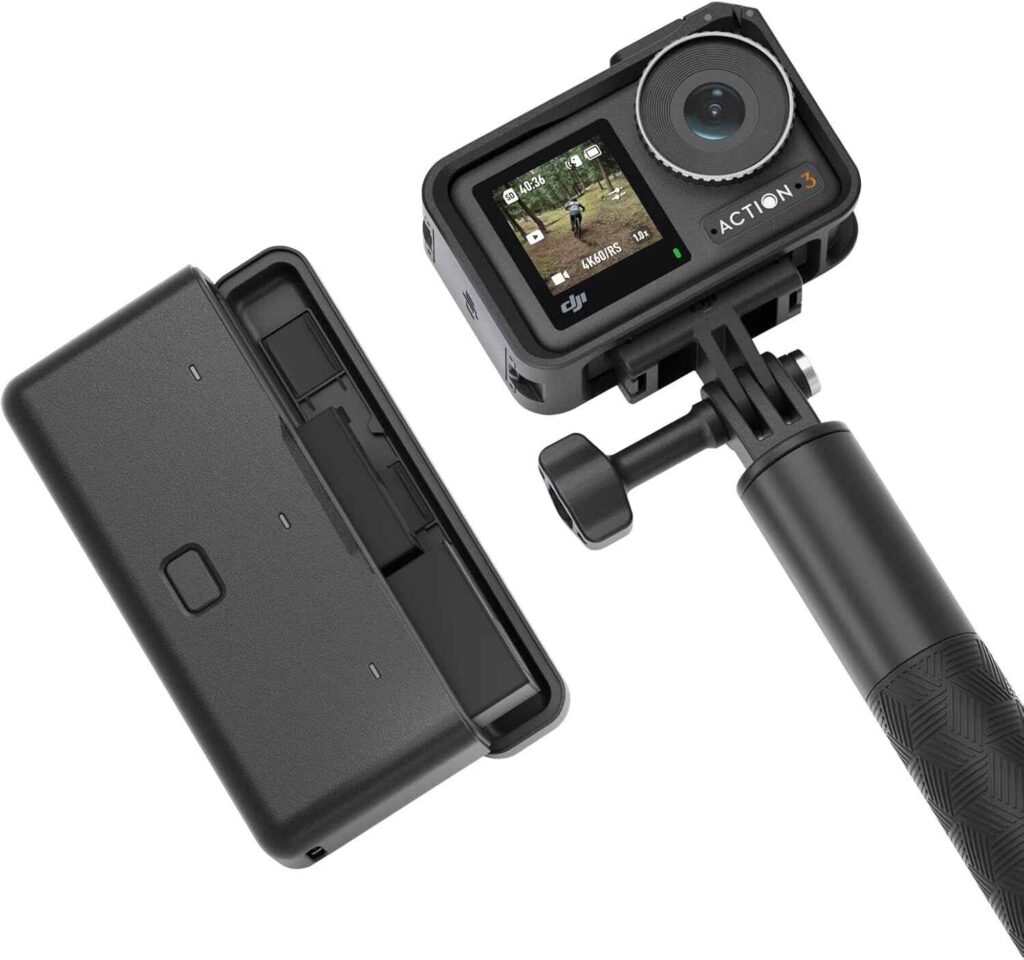
The DJI Osmo Action 3 is another action camera that punches above its weight. It offers 4K video at 120fps, meaning you get smooth, high-quality footage that’s perfect for slow-motion shots or action-packed scenes. What makes this camera stand out is its Dual-Display feature, which gives you a front screen for selfies or vlogging and a rear screen for framing your underwater shots.
Waterproof up to 36 feet, it’s great for shallow water activities like snorkeling and surfing. It also has a super-easy user interface and great stabilization, so you don’t have to worry about shaky footage. And, bonus—it’s usually more affordable than other action cameras, making it a solid choice if you’re on a budget.
Why it’s great: High-quality video, dual display for easy framing, and affordable price point.
Ideal for: Budget-conscious adventurers who still want great video quality and ease of use.
4. SeaLife DC2000
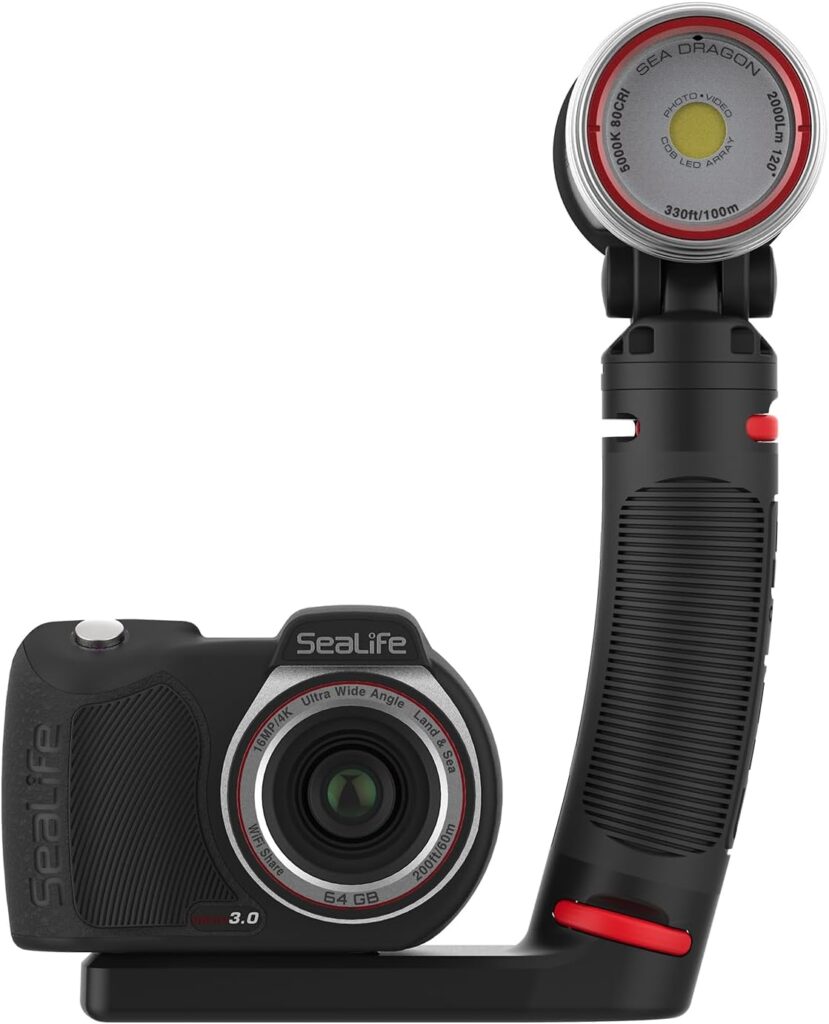
If you’re into serious underwater photography, the SeaLife DC2000 might be the camera for you. This compact camera is specifically designed for underwater use, offering 20MP photos and 1080p video. It’s waterproof to 200 feet, so it’s perfect for divers who like to go deep. The DC2000 is known for its vibrant color accuracy, even in deeper waters, which is a big plus when you’re capturing the beauty of the ocean.
It also has a range of manual settings, so if you’re experienced or want to get creative, you can tweak your shots for the best results. While it’s a bit more expensive than your average point-and-shoot, it’s definitely worth it for anyone who wants to take their underwater photography seriously.
Why it’s great: Superb color accuracy and depth performance, perfect for diving photographers.
Ideal for: Experienced underwater photographers and divers looking for a dedicated camera for serious underwater shots.
5. Canon PowerShot G7 X Mark III (with underwater housing)
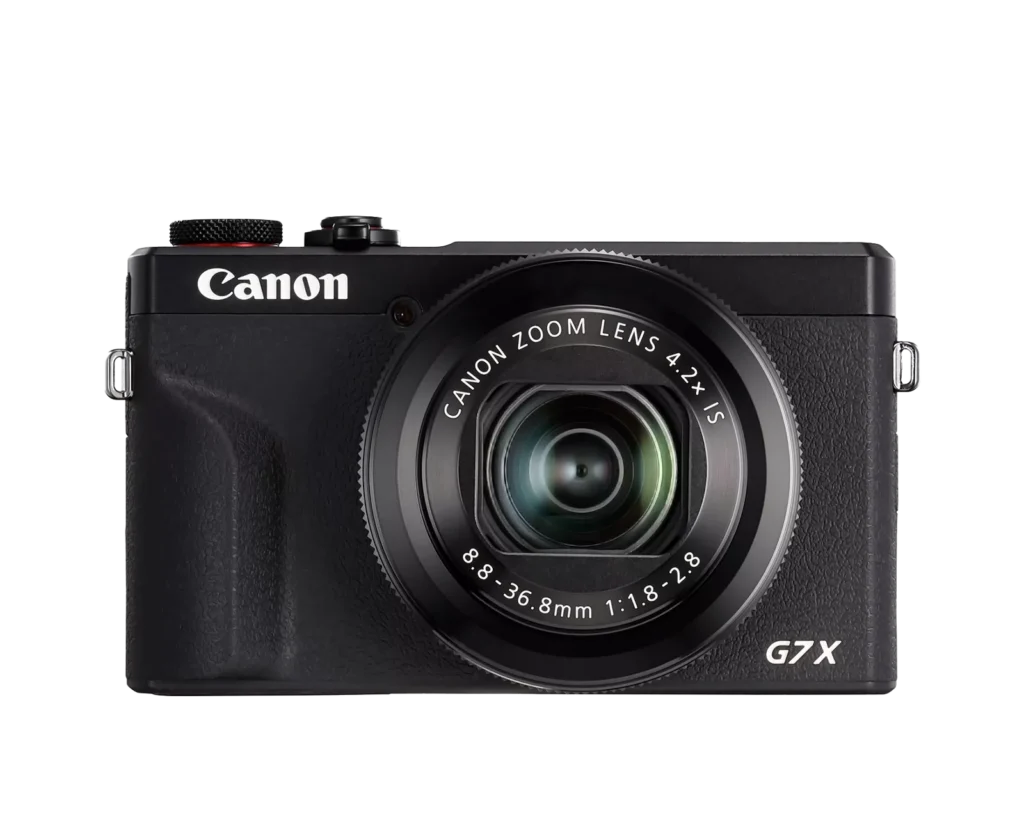
The Canon PowerShot G7 X Mark III is a fantastic all-around camera, offering 20.1MP photos and 4K video. While it’s not inherently waterproof, it’s compatible with underwater housings, making it a great option for travelers or vloggers who want one camera for both land and sea. It has a fast autofocus system, making it perfect for capturing quick moments, and its low-light performance is excellent for those murky underwater shots.
The G7 X Mark III is compact, versatile, and offers DSLR-like quality in a small form. It’s one of the best choices if you’re looking to create high-quality content both above and below the water without carrying around bulky gear.
Why it’s great: High-quality video and photos, excellent autofocus, and versatility for both land and underwater.
Ideal for: Vloggers, travelers, and content creators who want a camera that works in multiple environments.
How to Choose the Right Underwater Camera for You
Now that you’ve seen some of the best underwater cameras out there, it’s time to figure out which one is the right fit for you. The choice can feel a little overwhelming with so many options, but don’t worry—just ask yourself a few key questions, and you’ll narrow it down in no time!
What’s Your Primary Use?
Think about how you plan to use the camera. Are you just getting into snorkeling and want something simple and affordable? Or are you an experienced diver looking to capture professional-grade shots at 100+ feet? Your primary use will help you decide on the camera’s features and how deep you need it to go.
- If you’re into casual snorkeling or swimming, a point-and-shoot like the Olympus Tough TG-6 is perfect. It’s easy to use and can handle the shallows without any hassle.
- For adrenaline junkies who want to film fast-moving action like surfing, wakeboarding, or shallow diving, an action camera like the GoPro HERO11 will give you great video quality with a small, sturdy frame.
- If you’re a pro underwater photographer or serious diver, you’ll want to go for a DSLR or mirrorless camera with an underwater housing, like the Canon PowerShot G7 X Mark III or the SeaLife DC2000, for that next-level image quality.
What’s Your Budget?
Camera prices can vary dramatically depending on the features, size, and brand. While the GoPro HERO11 might cost a bit more, it’s packed with features and incredibly versatile for all kinds of activities. On the other hand, if you’re just looking for something that works without breaking the bank, the DJI Osmo Action 3 or Olympus Tough TG-6 are both excellent choices that won’t empty your wallet.
It’s important to remember that sometimes you’ll need to invest in accessories—like extra batteries, memory cards, or even housing for your camera. So, factor those in when setting your budget.
Depth and Durability
Not all underwater cameras are created equal when it comes to how deep they can go. If you’re planning on exploring deeper waters, you’ll need a camera that’s rated for those depths.
- For snorkeling or shallow dives (under 33 feet), most action cameras like the GoPro HERO11 or the DJI Osmo Action 3 will do just fine.
- If you’re venturing into deeper dives, like scuba diving beyond 50 feet, look for a camera like the SeaLife DC2000, which is waterproof up to 200 feet, or consider a more advanced DSLR or mirrorless setup with appropriate housing.
Also, durability is key—make sure the camera can handle rough handling, especially if you’re into high-impact activities like surfing or kayaking. You’ll want something rugged and resistant to bumps and scrapes.
Are You a Beginner or a Pro?
If you’re new to underwater photography or filming, you might want to keep things simple. Cameras like the GoPro HERO11 or the Olympus Tough TG-6 are super user-friendly, making them perfect for beginners. They’re ready to go right out of the box and don’t require a lot of tweaking with settings.
On the flip side, if you’re a seasoned underwater photographer or videographer, you’ll probably appreciate the control and flexibility that come with a DSLR or mirrorless camera, like the Canon PowerShot G7 X Mark III. These options offer more advanced features but do require a little more know-how.
Consider Extra Features
Some cameras come with cool additional features that can make your underwater experience even better. Look for things like:
- Built-in Wi-Fi or Bluetooth for easy sharing of your photos and videos without having to remove the memory card.
- Additional lighting options, especially if you’re diving in deeper waters where natural light might be scarce.
- Special modes like time-lapse or slow-motion to get creative with your shots. These can really help add some flair to your underwater footage.
Think about what will be useful for your specific activities—there’s no need to get a camera loaded with features you’ll never use.
Essential Accessories for Your Underwater Camera
Okay, so you’ve picked out your perfect underwater camera—now what? To really make the most of your gear, there are a few accessories you’ll want to have on hand. These extras can improve your shooting experience, protect your camera, and ensure you get the best results in the water. Let’s dive into the essentials!
Protective Housing
Even if your camera is waterproof, it’s still a good idea to invest in extra housing if you’re planning to go beyond the manufacturer’s depth rating. This is especially true for cameras like the Canon PowerShot G7 X Mark III, which isn’t inherently waterproof but can be used with a housing. These cases are designed to keep water out and protect your camera from pressure at greater depths. They also offer added protection from bumps, scratches, and rough handling.
Underwater Lights and Strobes
Underwater lighting is key to capturing great photos and videos, especially when you’re diving deep or in murky waters. Natural light can only go so far, and once you go deeper than a few feet, it starts to fade quickly. Having a good underwater light or strobe can help illuminate your subject and bring out those beautiful colors. Whether you’re shooting coral reefs or marine life, having a light source will make a huge difference in your images.
Floating Hand Straps or Buoy
Let’s face it: the last thing you want is for your camera to slip out of your hand and sink into the abyss! A floating hand strap or buoy is a lifesaver here. These accessories help ensure your camera stays afloat if you accidentally drop it. Floating straps are especially useful if you’re snorkeling or swimming in open water, where losing your gear could mean the end of your photo session.
Anti-Fog Inserts
Condensation is a common issue with underwater cameras, especially when you move from one temperature to another—like going from a cold boat into warm, humid water. Anti-fog inserts are small packets that you can place inside your camera housing to keep your lens from fogging up. They’re inexpensive but incredibly useful, and they can save you from getting blurry, foggy shots. Some housings come with anti-fog inserts built in, but it’s still a good idea to grab a few extras just in case.
Spare Batteries and Memory Cards
Underwater shooting can be pretty intense, and you don’t want your camera to die in the middle of a dive. Always bring along spare batteries and extra memory cards. Nothing’s worse than realizing you’re out of storage space or that your battery is about to give up right when you’re about to capture that perfect shot of a sea turtle. Having spares on hand means you can keep shooting all day without worrying about running out of juice or storage.
Lens Filters
Water can sometimes make colors look a little off, especially when you’re shooting in deeper, bluer water. Lens filters help correct this by enhancing certain colors (like red or orange) and making your shots pop. Whether you’re using a camera with interchangeable lenses or an action cam, there are filters designed specifically for underwater photography that can help you achieve the best color balance. It’s a small investment that can make a huge difference in your photos.
Camera Case for Travel
If you’re planning on taking your underwater camera on trips, a good camera case is a must. A hard, durable case will keep your gear safe from bumps, drops, and moisture when you’re traveling. It’ll also keep your accessories organized, so you don’t lose anything important while on the go. Look for a case that’s specifically designed for your camera, with extra compartments for memory cards, batteries, and other small items.
Frequently Asked Questions
Which is the best camera for underwater?
The best underwater camera will depend on what you need and how much you want to spend. A strong choice for good all-around performance is the GoPro HERO12 Black. It has great image stabilization, can record in 5.3K video, and offers wide-angle features to capture beautiful underwater views.
What is the best action camera for underwater?
The GoPro HERO12 Black and the DJI Osmo Action 4 are great choices for action cameras that you can use underwater. They both offer fantastic video quality. Their designs are strong and waterproof. Plus, they come with many features that help you capture your wildest underwater adventures.
Which is the best waterproof camera?
The Olympus Tough TG-6 is a great choice for anyone who wants a waterproof camera. It is small and easy to use. Its strong autofocus system helps take great pictures. The camera is well-built, making it perfect for capturing memories underwater, especially in shallow water, without needing extra housing.
What cameras do Navy SEALs use?
Navy SEALs often keep the specific camera models they use a secret. However, they look for cameras that are very tough and can handle rough situations. They also want cameras that provide high-resolution image and video quality. Good battery life is important too, as they need cameras that last a long time in the field.
* Voyedy may receive compensation for purchases made at participating retailers linked on this site. This compensation does not affect the products displayed or their order. Learn more here.
✈️ Got Travel Questions or Tips?
Join r/NextDestination — the community where travelers swap advice, share hidden gems, and help each other plan unforgettable trips.
- 📍 Ask real questions & get real answers
- 🌍 Share firsthand travel stories & tips
- 🧳 Help others and get help planning your next destination
I personally respond to questions from my blog posts there — come say hi!
Join the Community